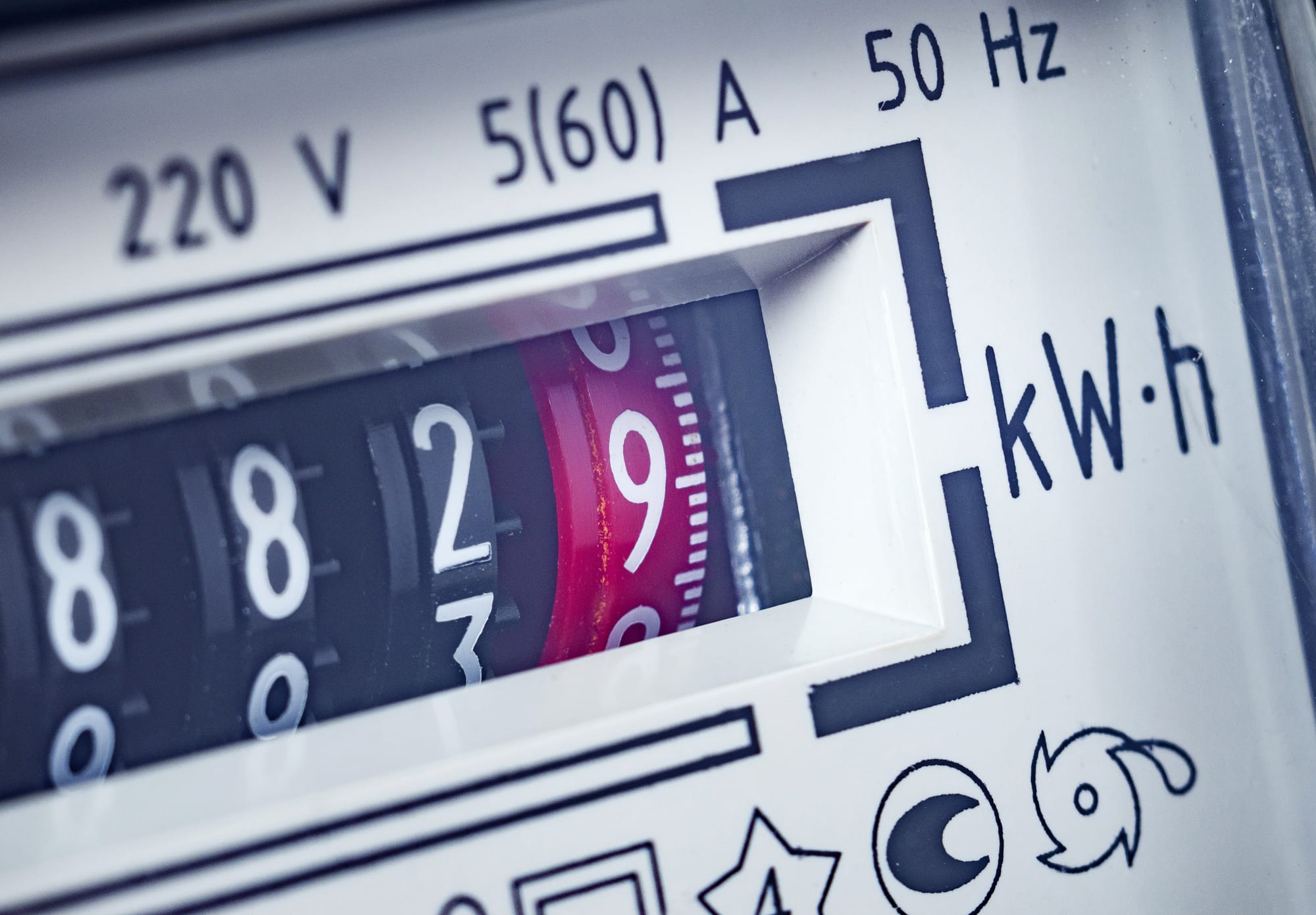Understanding Sweden’s Inflation - August 2025: The Role of Energy Prices

Published: September 2025
In August 2025, Sweden’s headline inflation (KPIF) rose to 3.3%, while underlying inflation excluding energy (KPIF-XE) fell slightly to 2.9%. This indicates that the recent price increase was largely driven by energy costs, particularly high electricity prices in southern Sweden, rather than broad-based price growth across goods and services.Factors behind the electricity spike included low hydropower reservoir levels, limited wind production, and higher imported energy costs from Germany and Denmark. Meanwhile, prices for food, clothing, electronics, and most services remained stable or declined.The current inflation measure can exaggerate volatility and regional differences, potentially leading to procyclical effects in monetary policy. To address this, economists suggest:
- Down-weighting energy in inflation calculations to reduce headline volatility.
- Smoothing energy prices using rolling averages to capture longer-term trends.
- Introducing a complementary measure (KPIF-Smooth) alongside KPIF and KPIF-XE for better transparency and comparability.
These steps could produce a more stable and accurate inflation indicator while still highlighting energy’s impact on household costs.
Read our full report here→


